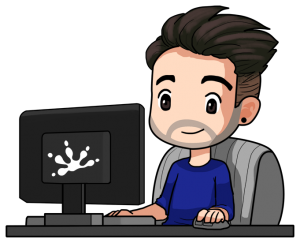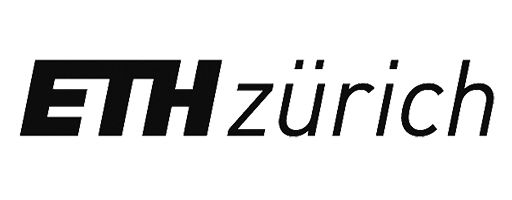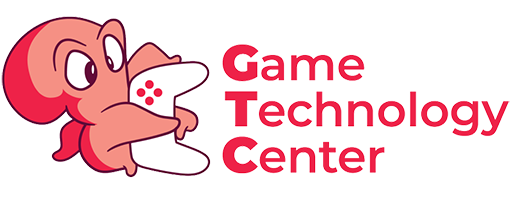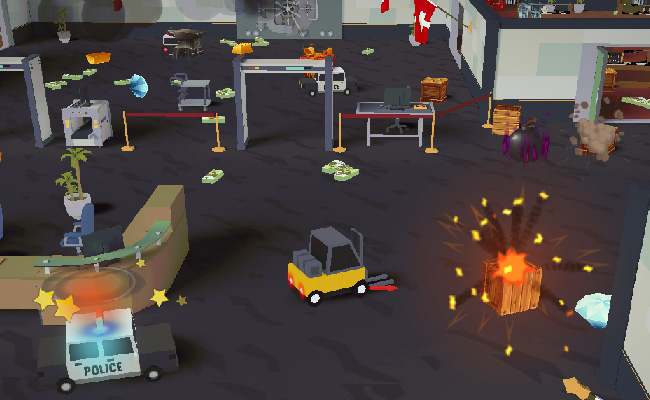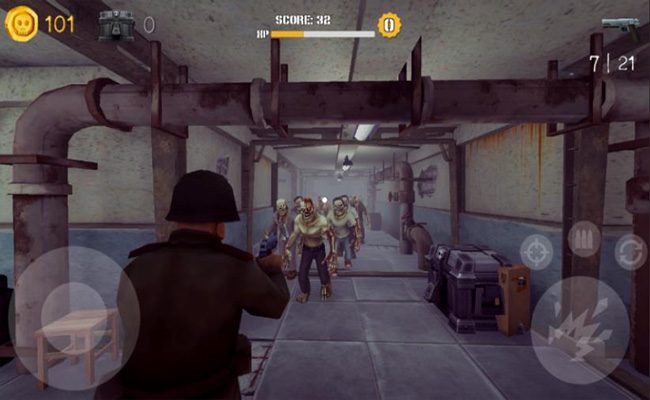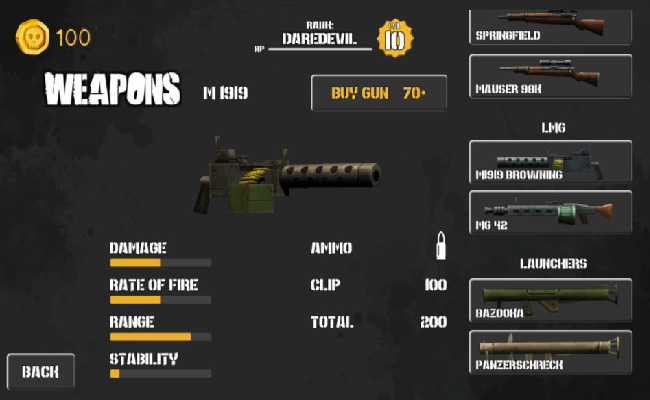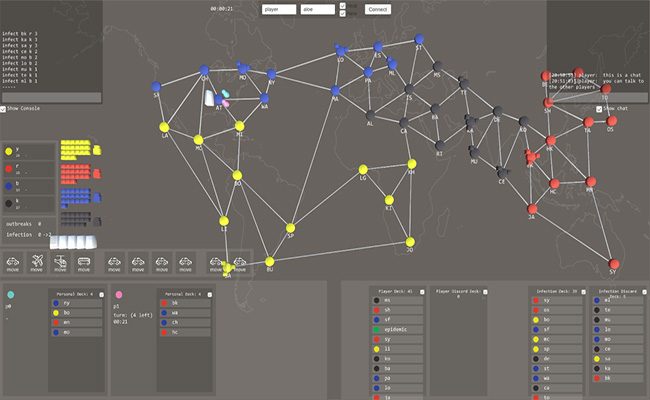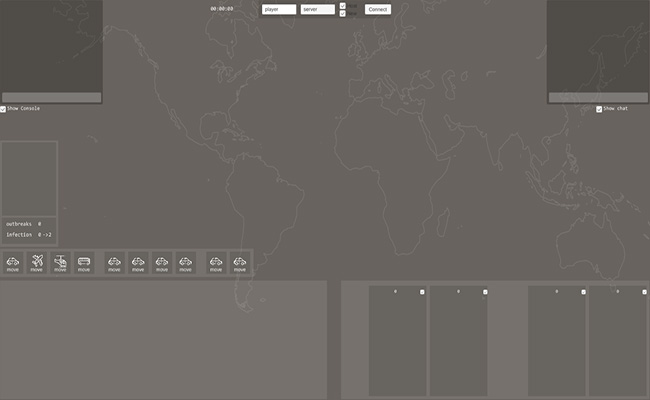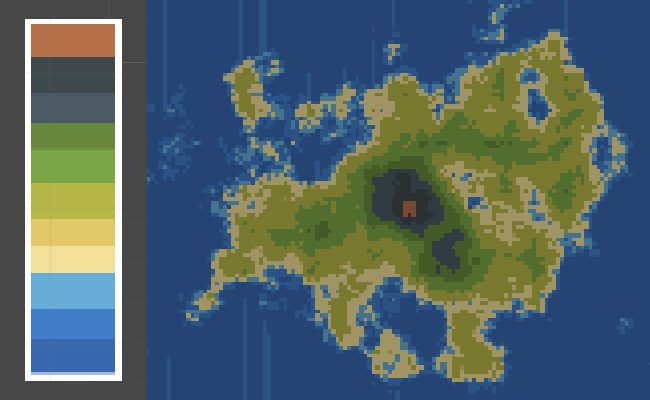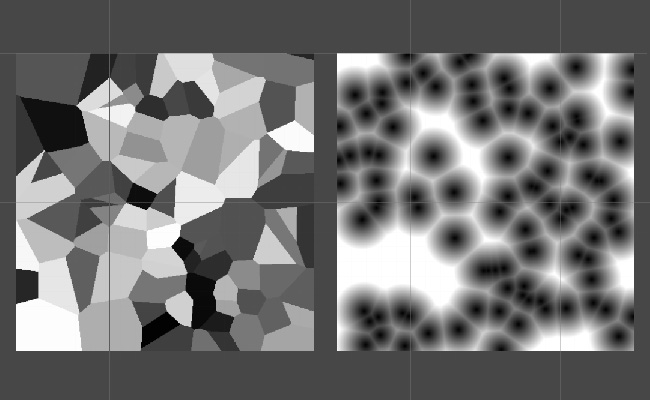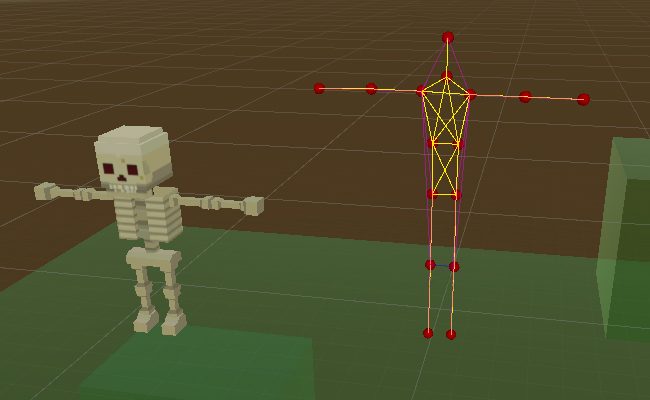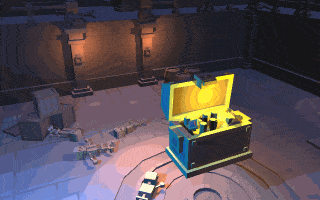August 2018
A simple but chaotic warehouse management game with co-op for 1-4 players.
Made in 72h for Ludum dare 42. 4th most played game in the jam, rated top 100. Showcased at Zurich Game Show 2018.
February – August 2018
Two teams of dumb thieves try to rob the same bank at the same time.
Made as part of the Game Programming Lab at ETH in a team of 5 in a semester using MonoGame. 2nd place. Showcased at Gamescom 2018.

